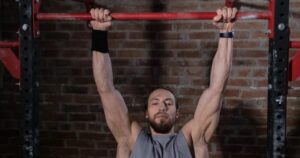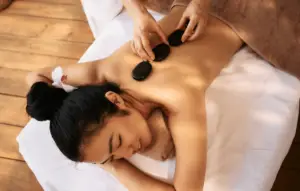Ceramic cookware is quickly becoming a favorite in kitchens worldwide—and not just because it’s stylish or eco-friendly. As a holistic health coach, I’ve written extensively about the importance of non-toxic cookware in my article, Healthy and Eco-Friendly Cookware: The Importance of Non-Toxic Options for Food Preparation. There, I emphasize how your choice of cookware directly affects your health, and ceramic is one of the safest, most versatile options available.
So, let’s get into the nitty-gritty of how to maximize your ceramic cookware’s lifespan, efficiency, and health benefits. This guide will show you everything you need to know about using ceramic pans—from common pitfalls to avoid, to expert tips that will make your kitchen healthier and more sustainable.
More on Ceramic Cookware:
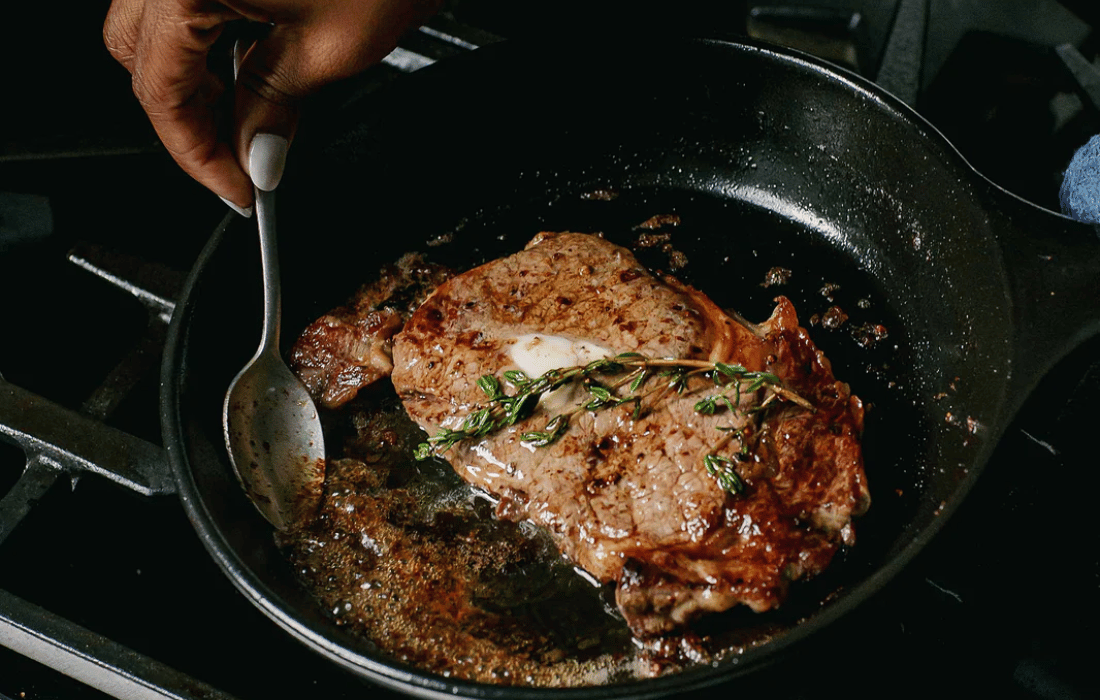
How to Use and Care for Ceramic Cookware: A Complete Guide
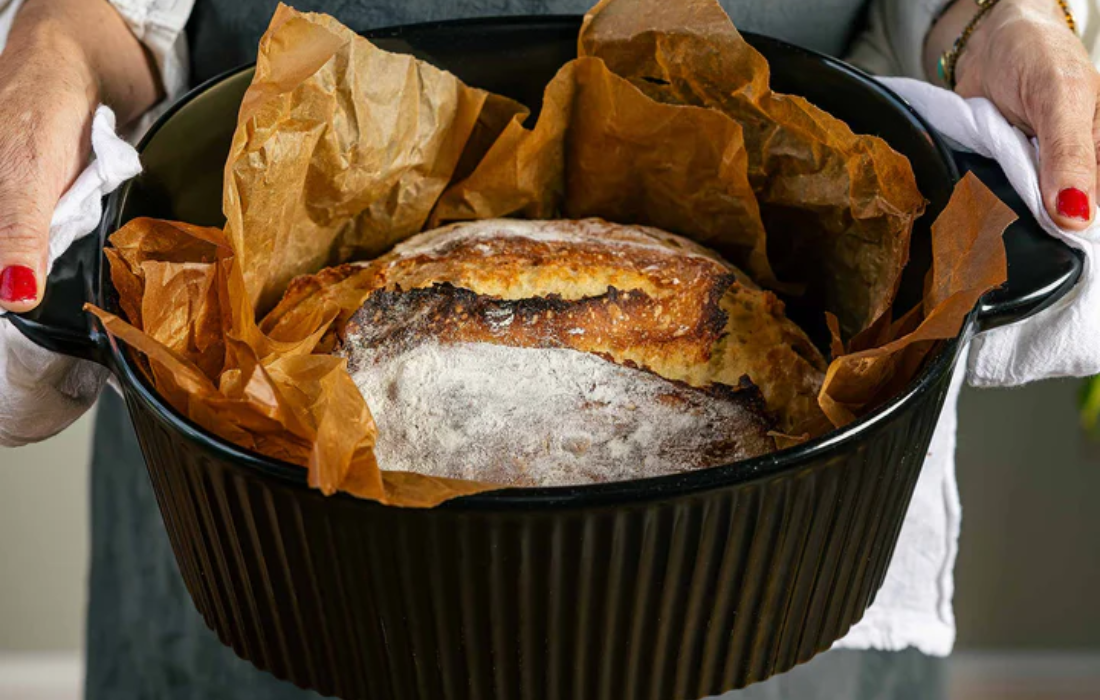
1. Understanding Ceramic Cookware: It’s Not All the Same
One thing you need to know from the start—most ceramic cookware isn’t pure ceramic. The pans we see in stores are often metal (like aluminum or stainless steel) with a slick coating made of “sol-gel,” a non-toxic silica-based material. The draw here is the non-stick factor, which is achieved without using toxic chemicals like PTFE (Teflon).
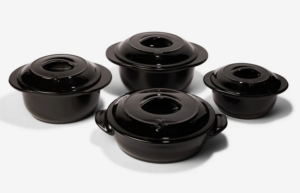
But, if you’re looking for pure ceramic, like the kind offered by brands like Xtrema (which I highly recommend—use code “kyletothemoon to save 15%f), you’re getting a 100% ceramic product that’s both non-reactive and totally non-toxic. Pure ceramic cookware can handle extreme temperatures—up to 2,500°F—making it ideal for oven use and slow, even cooking.
Why is This Important?
Traditional non-stick cookware, especially those coated with PTFE or containing PFOA, can release harmful chemicals when heated, as I discussed in my previous blog. With ceramic, you bypass this issue completely, safeguarding your health by cooking on a non-toxic surface that won’t leach chemicals into your food. But, even the best cookware needs to be used and cared for properly to get the most out of it.
2. Always Hand Wash—Your Pan Will Thank You
You’ve heard this before: “Dishwasher safe.” But ceramic cookware and dishwashers don’t mix. Even though many brands claim their pans can withstand the dishwasher, here’s the thing—they really can’t. Dishwashers use harsh detergents and high water pressure, which can degrade the ceramic coating over time.
Instead, hand wash your ceramic pans using warm water, mild soap, and a soft sponge. Doing this will help extend the life of your pans, keeping them slick and scratch-free for much longer.
Tip: Patience Pays Off
Allow your pan to cool to room temperature before washing it. Sudden temperature changes can cause warping, a common issue I’ve discussed in my Healthy and Eco-Friendly Cookware article. Warping not only affects heat distribution but can also ruin your non-stick surface.
3. Seasoning Your Pan: Do It Right, or Not at All
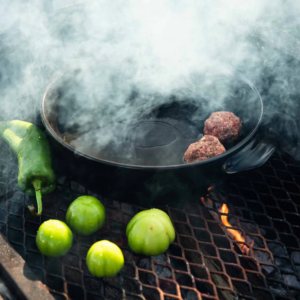 You might be used to seasoning your cast iron pans, but ceramic pans? It’s a little different. Some brands recommend seasoning; others don’t. Check your manufacturer’s guidelines to see if seasoning is necessary for your pan. If it is, here’s how you do it right:
You might be used to seasoning your cast iron pans, but ceramic pans? It’s a little different. Some brands recommend seasoning; others don’t. Check your manufacturer’s guidelines to see if seasoning is necessary for your pan. If it is, here’s how you do it right:
- Wash and dry your pan thoroughly.
- Add a tablespoon of beef tallow or EVOO (extra-virgin olive oil).
- Slowly heat the pan on low to medium heat until the oil starts to smoke.
- Remove the pan from heat, let it cool, and wipe away excess oil with a soft cloth.
This process helps create a protective layer that boosts your pan’s non-stick properties and keeps it in tip-top shape for longer. You only need to do this every few months—no need to go overboard!
4. Ditch the Cooking Spray
Cooking sprays might be convenient, but they are terrible for ceramic pans. Most sprays contain lecithin and propellants like butane or propane. These substances don’t mix well with non-stick surfaces—they’ll leave behind a sticky residue that’s almost impossible to remove, and eventually, this residue will degrade the pan’s surface.
Stick to using natural oils—beef tallow, extra-virgin olive oil, or even a little coconut oil. Apply the oil with a paper towel or cloth to get an even layer without excess. If you’re using pure ceramic, a thin coat of oil before heating will keep the pan perfectly slick.
5. Use the Right Utensils: Metal is a No-Go
Ceramic non-stick cookware isn’t built to handle the rough treatment of metal utensils. Those metal spatulas, spoons, or whisks you love? They will scratch and chip the ceramic coating over time. Once that happens, your food will start sticking, and, even worse, you could end up consuming small flakes of the coating.
Opt for wood instead. This simple switch can significantly extend the life of your ceramic pans, saving you from having to replace them every few years.
6. Cook at Low to Medium Heat
One of the main appeals of ceramic cookware is its ability to heat evenly. But here’s the catch: ceramic pans don’t need high heat. In fact, high heat will destroy the non-stick coating, and food will start sticking, defeating the purpose entirely.
Always stick to low to medium heat settings. If you need to brown something or give it a good sear, take your time. It’s worth it in the long run, as the pan will maintain its quality and ensure an even cook every time. If you need something for high-heat cooking, invest in cast iron instead.
Cooking Hack: Preheat with Oil
Before adding food, let your ceramic pan heat up with oil over low to medium heat. This creates a perfectly slick cooking surface. Trust me, it makes a huge difference, especially with delicate foods like eggs or fish.
7. Care for Your Pan: Proper Storage is Key
After a delicious meal and a mindful hand wash, don’t just toss your ceramic pan in the cabinet. Ceramic cookware is more fragile than stainless steel or cast iron. Stack your pans improperly, and you risk scratching or chipping the surface.
Hang them up, if possible. If you don’t have the space, use pan protectors or even a soft cheesecloth between pans to prevent damage. This small step can prolong your pan’s lifespan, keeping your kitchen gear in pristine condition.
8. Burnt Food? There’s a Safe Way to Fix It
No matter how careful you are, sometimes food sticks or burns. It happens to the best of us. But, scraping away at the burnt bits will ruin your ceramic pan. Instead, use these methods to clean stuck-on food safely:
- Soak the pan in warm soapy water for 30 minutes.
- If the food still sticks, fill the pan with water, add a splash of vinegar, and heat it until it boils. Let it cool, and the food should lift right off.
- For extra stubborn bits, use baking soda with a non-abrasive sponge.
9. Pure Ceramic: The MVP for Oven Cooking
Unlike metal pans with a ceramic coating, pure ceramic cookware—like Xtrema, which I talk about in my Healthy and Eco-Friendly Cookware article—can withstand oven temperatures of up to 2,500°F. They’re perfect for slow-cooking, braising, or roasting at high heat.
Always check the manufacturer’s recommendations before popping your ceramic-coated pan in the oven. If it’s rated for oven use, avoid broiling. High temperatures will burn off the coating and leave your pan useless.
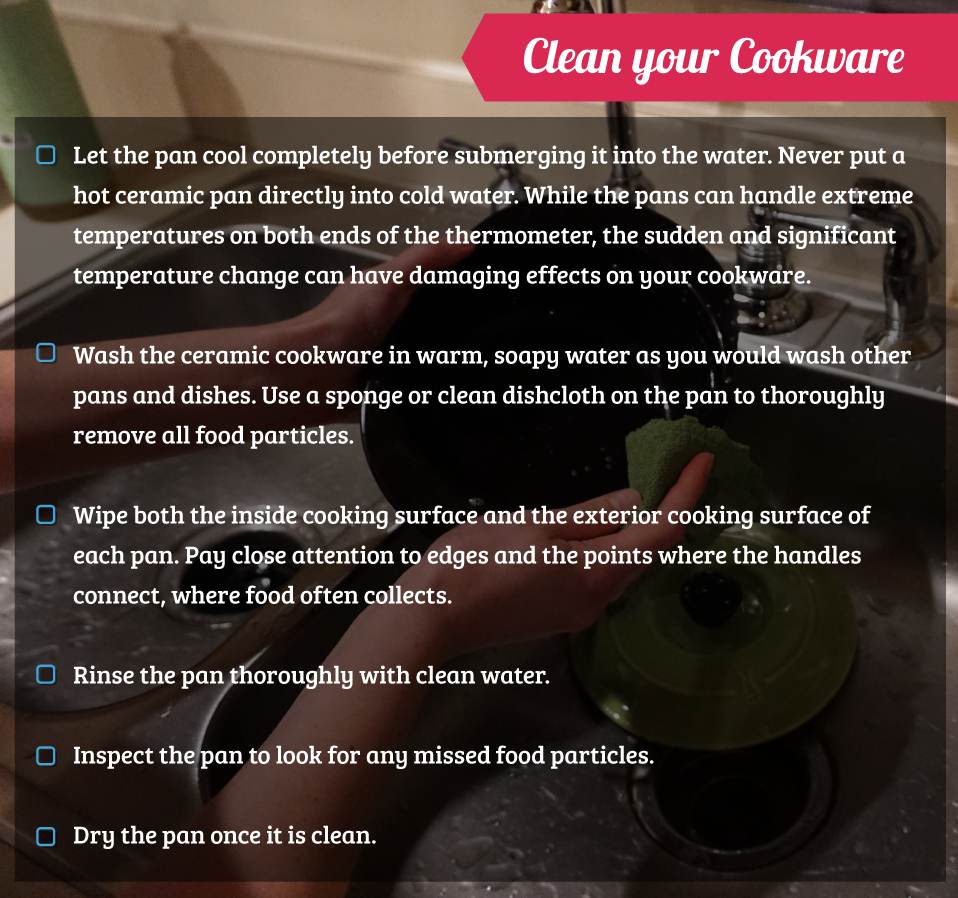
10. Non-Toxic Cookware: It’s More Than Just Trendy
One of the major reasons I advocate for ceramic cookware is its non-toxic nature. As I discussed in my Healthy and Eco-Friendly Cookware post, traditional non-stick pans can release harmful chemicals when heated, including PFAS and PFOA, which are linked to various health issues like cancer, hormonal disruption, and infertility.
Ceramic pans offer a safer alternative. With no toxic chemicals in the mix, you can cook at ease, knowing that your cookware isn’t polluting your meals.
Xtrema: My Go-To for Pure Ceramic Cookware
Xtrema’s 100% pure ceramic cookware is my top choice for non-toxic, eco-friendly cooking. It’s not just safe; it also provides unparalleled heat distribution and versatility, transitioning seamlessly from stovetop to oven. Want to upgrade your kitchen? You can use my code “kyletothemoon” to save 15% on Xtrema cookware and experience the benefits for yourself.
11. Choose Quality Over Quantity
Investing in a high-quality ceramic pan might cost you more upfront, but it’s worth every penny. Cheap pans have thinner coatings that degrade faster, uneven heating, and a shorter lifespan. Aim for quality, like Xtrema or other reputable brands, and your ceramic cookware will pay dividends in longevity, performance, and health.
Final Thoughts
Ceramic cookware is a fantastic choice for health-conscious cooks who value sustainability and performance. But as with any tool, it’s only as good as how you care for it. Stick to low heat, hand wash with love, and avoid the cooking sprays—and your ceramic pan will serve you well for years to come.



